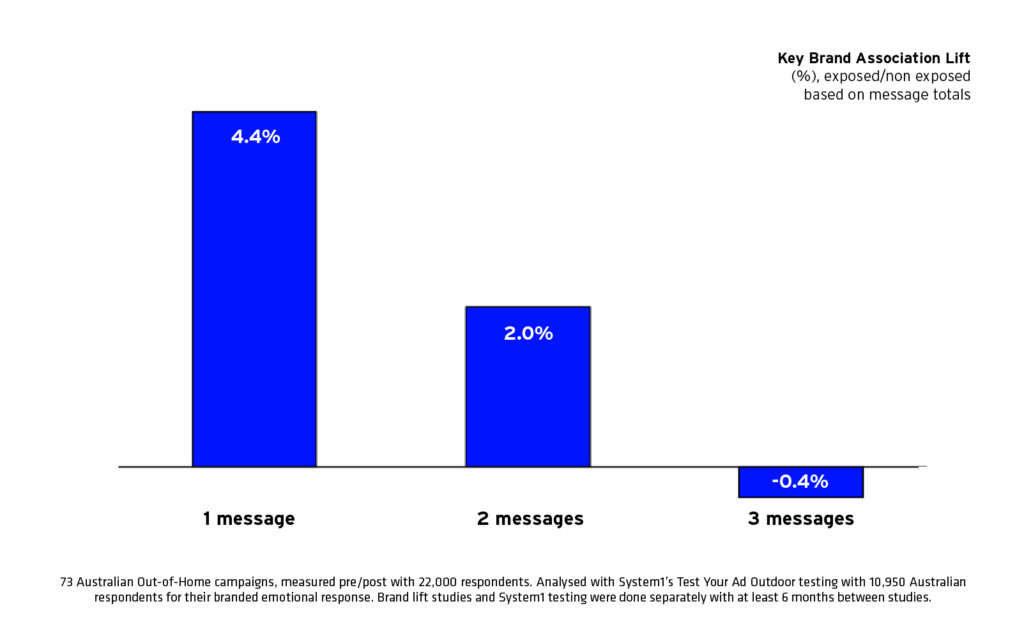Deadlines, budgets, briefs. Nothing’s slowing down. But the brands making real impact right now aren’t the loudest. They’re the clearest.
We chose these topics because this is the world we’re working in: fragmented media, economic pressure, and a constant demand to do more with less.
In this issue of IVALO Insights: how to build for uncertainty, why one clear message beats five clever ones, and what happens when marketing and finance actually work together.

INSIGHT 1
Navigating the Entropy Economy: A New Playbook for Brand Strategy

Every so often, someone coins a new label to explain the current chaos: The Entropy Economy is one such term. While it’s not yet widely adopted, Joseph Burns uses it to describe today’s volatile, fast-shifting brand environment, and outlines why traditional, linear strategies are no longer fit for purpose.
What works?
- Design for optionality: In a world where outcomes are unpredictable, marketers should build flexible creative platforms with multiple entry points, not rigid rollouts.
- Test fast, pivot hard: Use live prototypes, real-time data, and Bayesian-style adaptation to learn and adjust as you go. Don’t wait for perfect information.
- Rethink the big idea: A “big” idea isn’t about mass; it’s about being generative, remixable, and culturally entangled. Scale through interaction, not uniformity.
- Diversify your bets: Think like a VC. Build portfolios of experiments, not single-roadmap launches.
- Track signals, not just averages: Monitor volatility, outliers, and cultural anomalies. These are the early signs of shifts, not noise to smooth out.
The takeaway for marketers
The Entropy Economy may not be a permanent term, but the conditions it describes are real. In this climate, success won’t come from control, but it will come from creative resilience, strategic agility, and cultural awareness. Are you still planning for certainty, or building for chaos?
Read More
INSIGHT 2
One Message Wins: What The Science of Being Remembered Teaches Us About Creative Focus

The Science of Being Remembered, a landmark report by JCDecaux and System1, offers one of the most comprehensive looks at what drives creative effectiveness in Out-of-Home (OOH) advertising.
But its insights go far beyond posters and billboards. These principles apply across digital, social, video, and beyond. And one timeless rule stands out: the fewer the messages, the better. It’s an old truth but now backed once again by fresh data.
What works?
- One message wins: Simplicity outperforms complexity. Trying to say too much erodes clarity and attention. One clear idea = more memory, more impact.
- You’ve got 2 seconds: Creative must land instantly. Campaigns that achieve brand recognition in under two seconds see 54% higher recall.
- Emotion drives effectiveness: Ads with strong positive emotional engagement deliver up to 167% more brand association and better commercial outcomes.
- Consistency, not overload: Strategic use of brand assets and cross-channel alignment boosts recall. But adding too many logos, taglines, or claims hurts recognition.
- Design for the right brain: Visual storytelling, characters, and cultural references outperform rational messaging. Great creative works because it feels human.
The takeaway for marketers
From OOH to online video, the rule holds: brand quickly, say less, and say it memorably. The Science of Being Remembered shows that what makes you stand out isn’t saying more, it’s saying what matters, clearly and emotionally. How many messages are in your next campaign, and which one actually deserves the spotlight?
Read more
JCDecaux & System1: The science of being remembered: The Complete Guide to Out-of-Home Creative Effectiveness
INSIGHT 3
CFO + CMO: The Partnership That Can’t Wait Any Longer

Marketing and finance have long operated in silos, but in today’s volatile economy, misalignment is a liability. As pressure mounts on both spend and ROI, CMOs and CFOs must move from coordination to true strategic trust. The message by Jonathan Sanchez in 2025 is clear: growth depends on this relationship.
What works?
- Alignment drives upside: Companies with strong CFO-CMO collaboration unlock 20–40% more financial upside, yet only 22% of CMOs describe the relationship as truly collaborative.
- Balance short and long term: Brands investing in both performance and brand building see up to 90% higher ROI than those focused solely on the bottom of the funnel.
- Define shared metrics: Use ROMI for agility and ROI for long-term planning. A dual-metric approach helps bridge the language gap between finance and marketing.
- Move from silos to shared rhythm: The most effective partnerships are transparent and iterative, with regular check-ins, shared dashboards, and joint planning.
- Build full strategic trust: The North Star: marketing and finance co-own the growth agenda, use common analytics, and respond together to market shifts.
The takeaway for marketers
2025 is no time for functional turf wars. When CMOs and CFOs align, they don’t just protect budget, but they create faster, smarter, more resilient growth. Is your finance team in the loop, or still on the sidelines?
